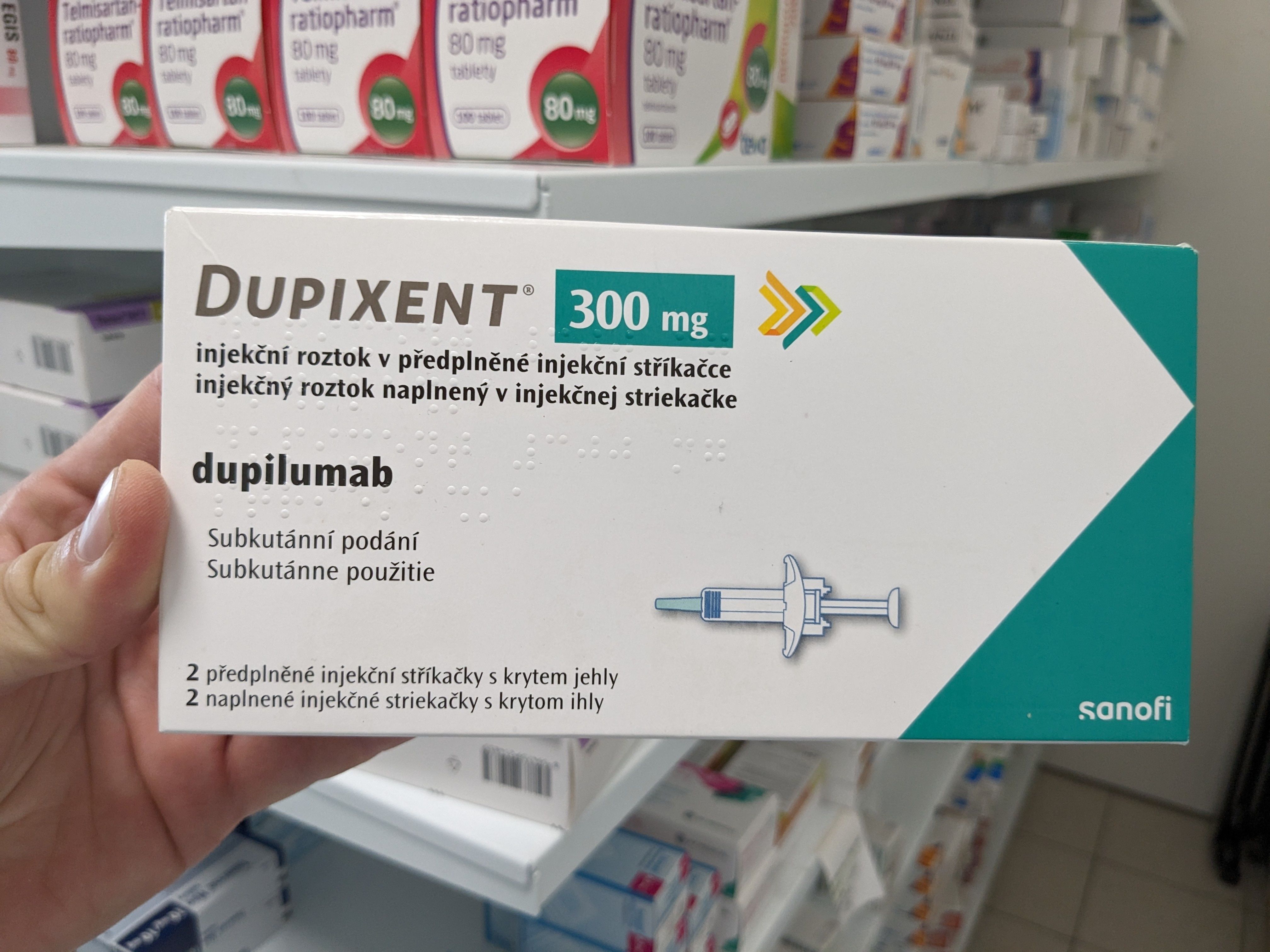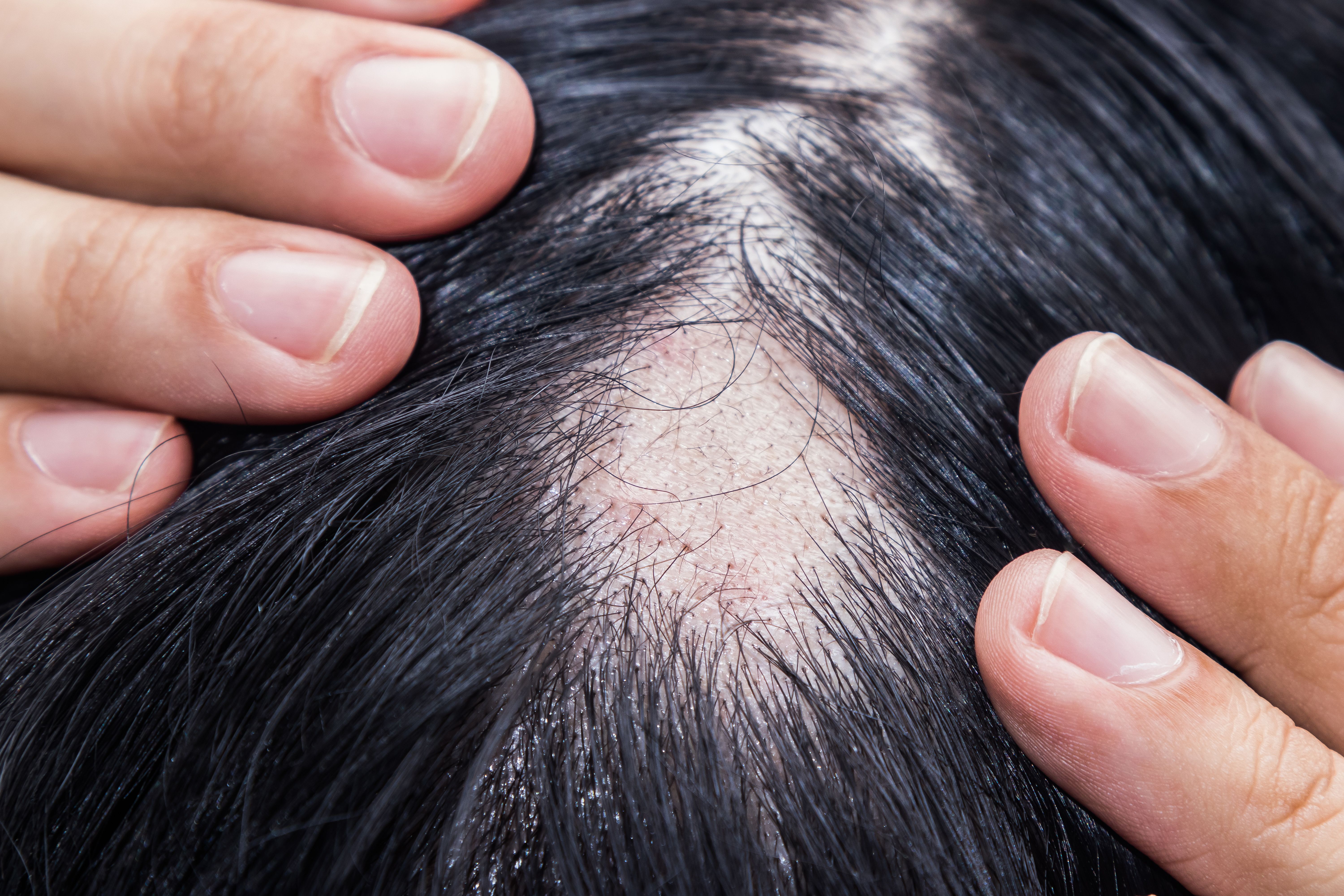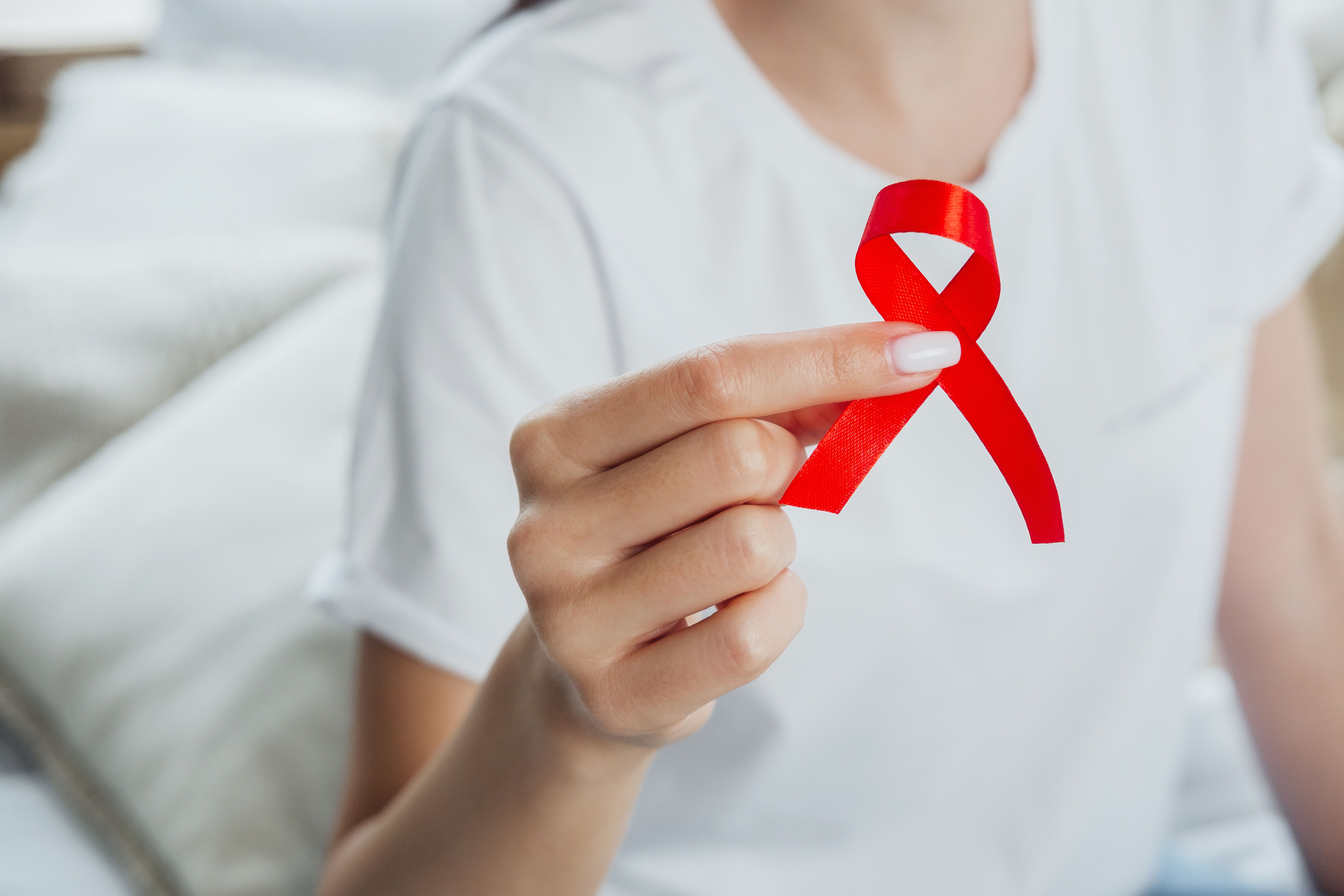Article
Characteristics of Patients Visiting EDs and UCCs for Sunburn Treatment
Author(s):
In 2013, there were 33,826 emergency department (ED) visits for sunburn treatment costing a total of $11.2 million in the United States. It is important to examine the demographics and specific characteristics of patients that have received ED or urgent care clinic treatment to guide promotion for prevention, reduce utilization, and create low-cost settings.
In 2013, there were 33,826 emergency department (ED) visits for sunburn treatment costing a total of $11.2 million in the United States. It is important to examine the demographics and specific characteristics of patients that have received ED or urgent care clinic (UCC) treatment to guide promotion for prevention, reduce utilization, and create low-cost settings.
A study published by JAMA Dermatology, utilized the Partners Healthcare Research Patient Data Repository to identify patients who visited 2 major hospitals—Brigham & Women’s Hospital and Massachusetts General Hospital—for sunburn treatment between January 1, 2000, and December 31, 2015.
A total of 200 patients visited the ED or UCC, for a total of 204 visits during the study period. When the researchers analyzed certain characteristics of the patients, they found 19 patients suffered from psychiatric illness (9.3%), alcohol use was apparent in 13 patients (6.4%), and 13 patients (6.4%) were homeless. This prevalent association suggests that this vulnerable population should be targeted through public health efforts. The study suggested lengthening homeless shelter hours, providing free sunscreen dispensers, and improving awareness by educating such populations about utilization and prevention.
The common sunburn complications included blistering for 76 patients (37.3%), constitutional symptoms in 38 patients (18.6%), and secondary infections in 2 patients (1%). The most common treatments for patients were nonsteroidal anti-inflammatory drugs (119 patients, 58.3%) and aloe or other moisturizers (61 patients, 29.9%).
“Lack of insurance does not seem to have significant impact on use because 149 (74.5%) of patients in our cohort were insured,” the study noted. “While some patients had constitutional symptoms, blistering, or secondary infection, only a minority required IV fluids (18 [8.8%]) or admission (4 [2%]), suggesting that the most treatment could have been given in other care settings or through over-the-counter medications.”
The authors noted that since this study only included data from 2 Massachusetts hospitals, future studies should investigate ED and UCC visits for sunburn on a national scale.

Dupilumab Treatment for Patients With CSU: Insights From Jason Hawkes, MD, MS



